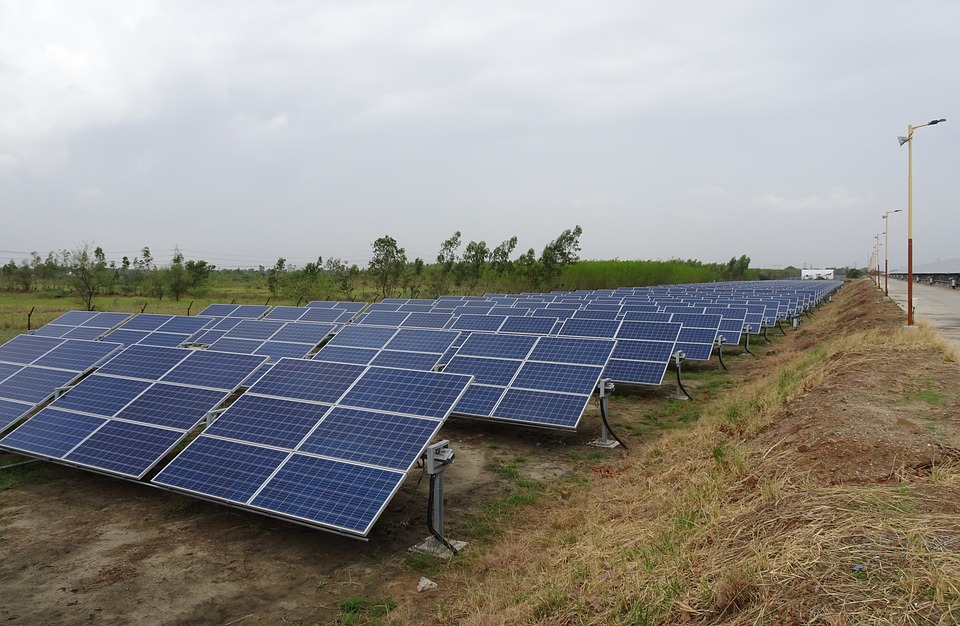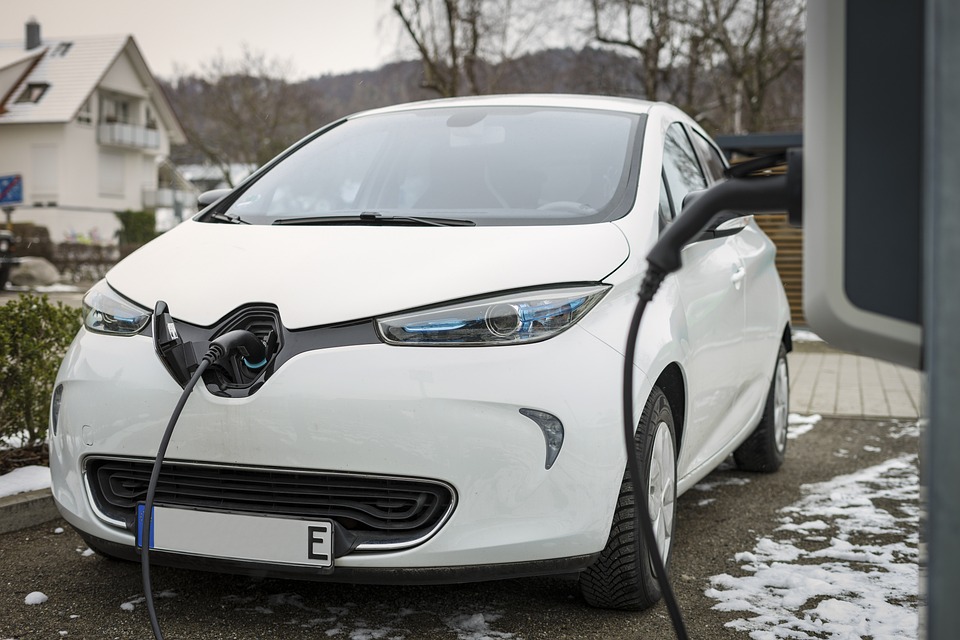[ad_1]
Global Race for Renewables: Which Countries are Leading and Lagging in Green Policy?
Introduction:
In recent years, the world has witnessed a significant shift towards renewable energy sources as concerns about climate change and the depletion of fossil fuels intensify. This shift has been driven by a growing global consensus on the urgency to adopt green policies that facilitate the transition to a low-carbon economy. As a result, several countries have emerged as leaders in renewable energy adoption and policy implementation, while others still lag behind. This article explores the global race for renewables, examining the countries at the forefront of green policy and those who are falling behind.
1. Leading Countries in Green Policy:
a. Denmark:
Denmark is often hailed as a global leader in renewable energy. The country’s commitment to sustainable energy dates back decades and has been characterized by robust policy frameworks, substantial investments, and meaningful partnerships with the private sector. Denmark derives a significant portion of its electricity from wind turbines, with wind energy accounting for more than 40% of the country’s total electricity consumption. Moreover, Denmark aims to become carbon-neutral by 2050, demonstrating its dedication to the transition towards a greener future.
b. Germany:
Germany is another prominent country at the forefront of green policy and renewable energy adoption. The German government has implemented a series of initiatives to promote renewable technologies, including feed-in tariffs and extensive financial incentives. As a result, Germany has become a global leader in solar photovoltaic (PV) installations. The country’s commitment to renewables is exemplified by its goal of achieving 65% renewable electricity by 2030.
c. Sweden:
Sweden has consistently ranked high in various global sustainability indices, reflecting its strong green policies and commitment to renewable energy. The country’s energy mix primarily consists of nuclear and hydroelectric power, which together account for almost 90% of its electricity production. Sweden also aims to be fossil fuel-free by 2040, further solidifying its position as a leader in the race for renewables.
2. Lagging Countries in Green Policy:
a. United States:
Despite being one of the largest energy consumers globally, the United States has faced criticism for its relatively slow progress in transitioning to renewable energy. While certain states have implemented ambitious renewable energy targets, the lack of comprehensive federal policies has hindered progress on a national scale. However, with the Biden administration’s renewed emphasis on renewable energy, the United States is expected to catch up as it re-engages with international efforts to combat climate change.
b. China:
As the world’s largest emitter of greenhouse gases, China’s efforts in green policy have recently gained momentum. However, the country still heavily relies on coal for its energy needs, which poses a significant challenge for its transition to a low-carbon economy. China has set ambitious targets for renewable energy adoption, but the scale of its energy consumption and rapid economic growth make it a formidable task. Nevertheless, China’s commitment to green policy is growing, with notable investments in renewable technologies and efforts to reduce coal dependency.
c. Australia:
Australia is rich in renewable energy resources, particularly solar and wind power. However, the country’s green policies have faced setbacks due to inconsistent and changing political landscapes. The lack of a clear national strategy and disputes over the role of coal in the economy have hindered progress in the renewable sector. Although some states have demonstrated strong commitment to renewables, a cohesive national approach is required to fully leverage Australia’s potential in green energy.
FAQs:
Q1: What are the benefits of renewable energy adoption?
A1: Renewable energy adoption offers numerous benefits, including reduced greenhouse gas emissions, improved air quality, job creation in the green sector, energy independence, and sustainable economic growth.
Q2: What are the major challenges faced by countries lagging in green policy?
A2: Countries lagging in green policy encounter several challenges, such as political resistance to change, vested interests in the fossil fuel industry, inadequate investment in renewable technologies, and the absence of robust policy frameworks to drive the transition to clean energy.
Q3: Do leading countries collaborate with lagging countries to promote green policy?
A3: Yes, international collaboration is crucial in addressing climate change. Leading countries often extend technical and financial assistance to lagging countries to support their renewable energy initiatives. Global agreements, such as the Paris Agreement, also foster cooperation among nations to accelerate the global adoption of clean and sustainable energy sources.
Conclusion:
The global race for renewables is gaining momentum as countries strive to combat climate change and build a sustainable future. While some nations have made significant strides in green policy, others still face challenges in transitioning to renewable energy sources. International collaboration and robust policy frameworks are vital to support lagging countries and accelerate the adoption of clean energy on a global scale. By fostering innovation, investments, and strong political will, countries can position themselves as leaders in the race for renewables and contribute to a greener and more sustainable world.
[ad_2]



